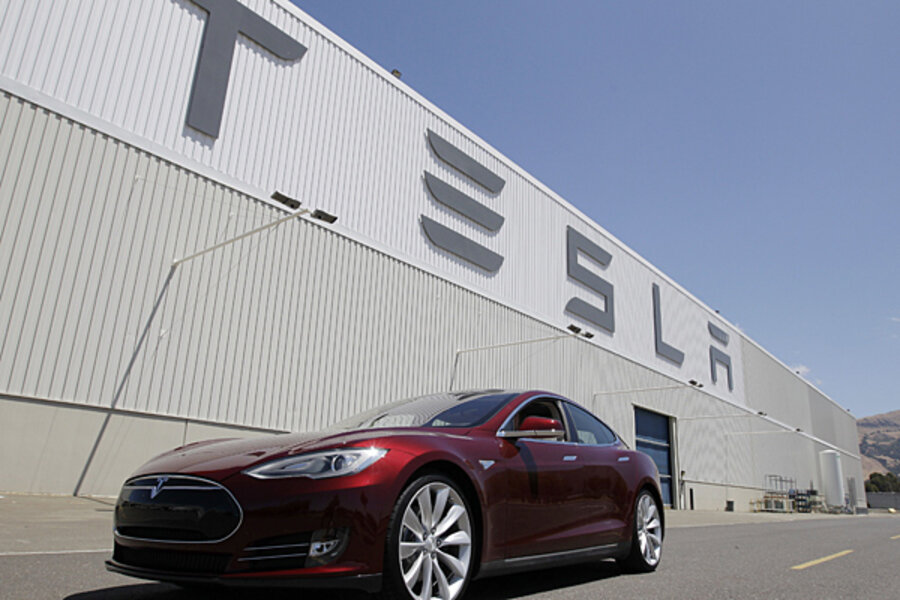Tesla Model S fire: How quickly can the company recover?
Loading...
As Green Car Reports and other media outlets have noted, a Tesla Model S was involved in an accident in Washington state on Tuesday, and the sedan's battery pack subsequently caught fire.
The cause of the accident is pretty clear. A statement from Tesla Motors [NSDQ:TSLA] indicates that the vehicle hit "a large metallic object in the middle of the road". Whether that collision immediately set off a fire in the Model S' battery pack isn't known, but a report from the Regional Fire Authority of Kent, Washington stated that the pack was on fire by the time first responders arrived. To extinguish it, authorities had to punch holes into the pack and douse it with chemical flame suppressant.
What's far less clear is the effect that the fire will have on Tesla in the near- and middle-term. On Tuesday, the company's stock closed around $190, but yesterday, after the above video was posted to YouTube, the price began to fall. As of this morning, shares are hovering just above $170.
Will the company recover? And if so, when?
SOME CONTEXT
Tesla's biggest problem is arguably the novelty of its products. The public is simultaneously fascinated by and afraid of electric cars, and Tuesday's fire plays to both interests.
In that sense, today's Model S is a little like 2010's high-tech Prius, which was parked at the center of an extremely high-profile Toyota and Lexus recall. At the time, some pundits -- typically those on the conservative side -- took the opportunity to bash Toyota's newfangled technology. A few went so far as to express xenophobic attitudes on the air and in print.
In the end, however, Toyota's tech wasn't found to be much of a problem. In fact, most of the complaints about the Prius and other Toyota/Lexus vehicles were eventually attributed to "user error". Some were hoaxes.
Tesla finds itself in a similar boat, the subject of intense scrutiny because of the way it's attempting to redefine the conventional automobile. Because of that attention, reactions in the public and in the media are probably overhyped -- and like all hype, chances are, it'll dissipate pretty quickly. That weighs in Tesla's favor.
Also helping Tesla is its nimbleness, its proactive attitude, and its transparency. Consider, for example, the recall of the Model S that took place earlier this year, after Tesla determined that the back seat might detach from the car during a collision.
Tesla did the smart thing in that situation and got ahead of the problem, immediately issuing a recall. Compared to Chrysler's hemming and hawing about recalls of the Jeep Liberty and Grand Cherokee, Tesla was decidedly proactive. That attitude isn't just good for operations, it's good for marketing, too: the public tends to appreciate companies that step up and admit fault without being pressured to do so.
In other words, if Tesla appears to take this fire issue seriously -- even if it means admitting that the Model S has some design flaws -- the company should recover fairly quickly. Stay tuned.







